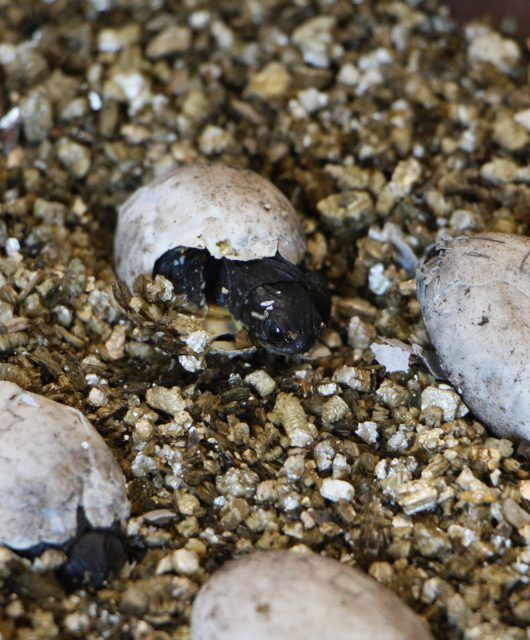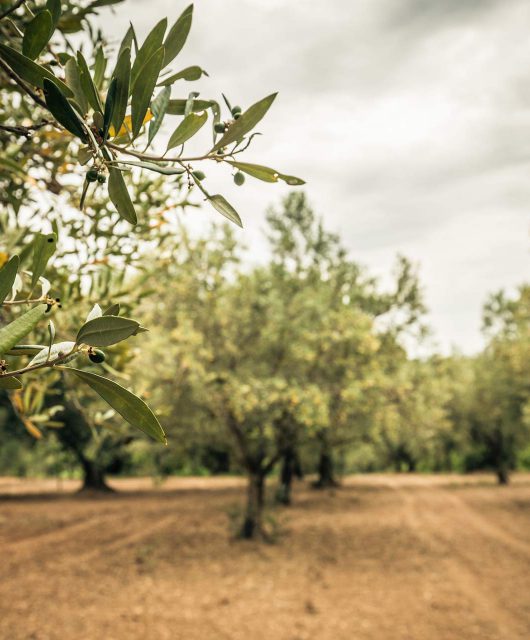Taking little steps to make big strides in saving the American Eel.
This year, the Canadian Wildlife Federation Aquatic Science Team conducted research on American Eel in the Ottawa River. Our research has focused on the downstream migratory routes the eels take while passing the Chaudière Falls Generating Station in the heart of Ottawa.
The owner of the dam, Energy Ottawa, has gone above and beyond to protect eels in the Ottawa River by installing a new eel bypass which will ideally provide safe passage downstream — away from the turbines — on their migratory journey back to the Sargasso Sea.
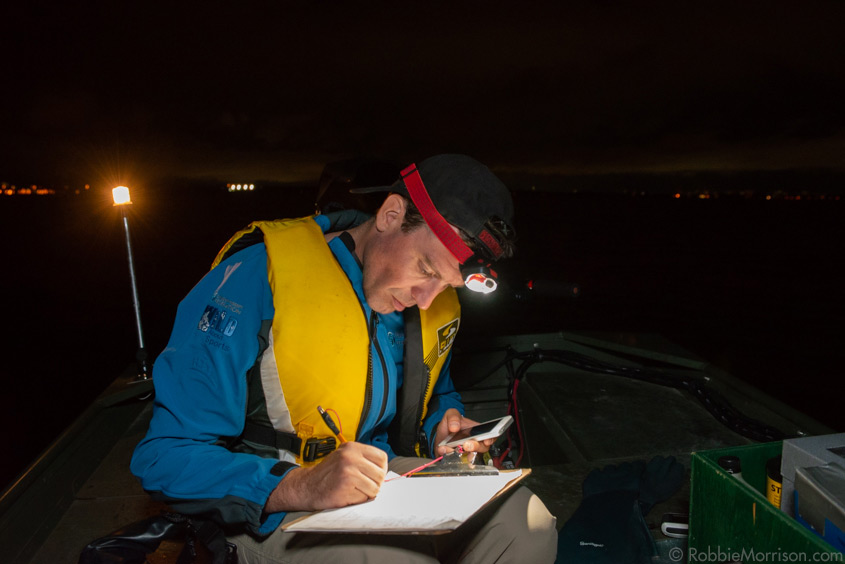
At the beginning of the field season, we placed 40 acoustic receivers in the water upstream and downstream of the station. The receivers pick up the signals from the tagged eels and allow us to track the exact route they take as they move downstream past the dam.
This research is targeting large eels that are ready to make their downstream journey back to their breeding grounds in the Sargasso Sea. The eels caught above this threshold are implanted with a transmitter. This device sends out a signal that is picked up by the receivers in the water. Every eel that is caught is also given a microchip (like the ones in your pets!). This is done so they can be identified if they are ever re-captured. The transmitter also helps to track movements within the Ottawa River.
Trap Netting
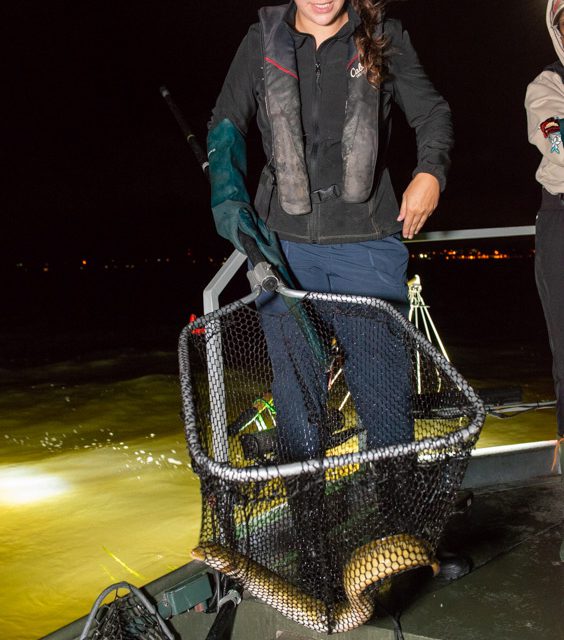
We spent most of our summer trap netting on the Ottawa River. We processed over 3,600 fish (22 species), but sadly, only one eel. By far, these were our most abundant species caught:
- Channel Catfish
- Redhorse
- Longnose Gar
However, we also caught some beautiful Muskellunge, Walleye, Freshwater Drum and Common Carp!
Electrofishing
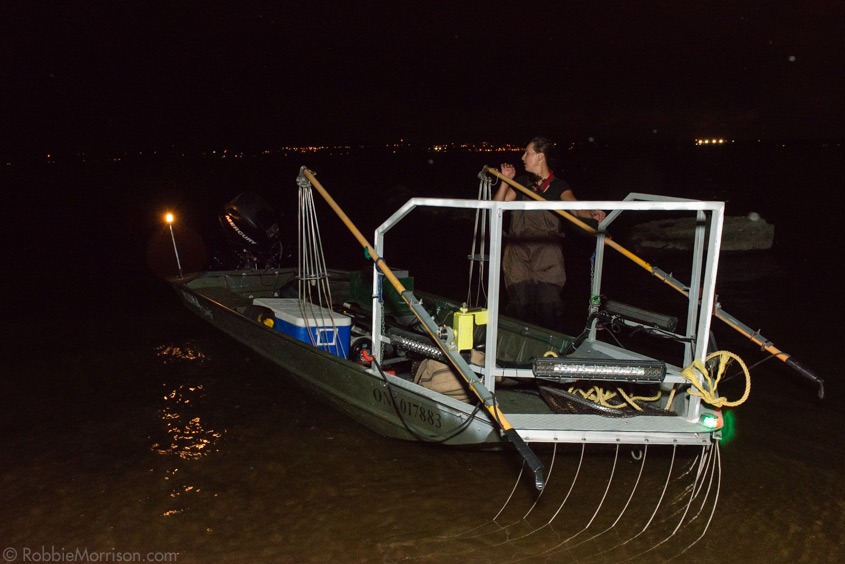
Boat electrofishing was more successful for finding eel. This could be attributed to working at night when eels are most active. We were also able to access areas of the river that are unsuitable for setting trap nets and covering a wider area. Electrofishing temporarily stuns fish. But as soon as the fish is out of the electrical current it recovers and swims off as if nothing ever happened. It’s quite an experience working under the stars and seeing all the fish swimming around!
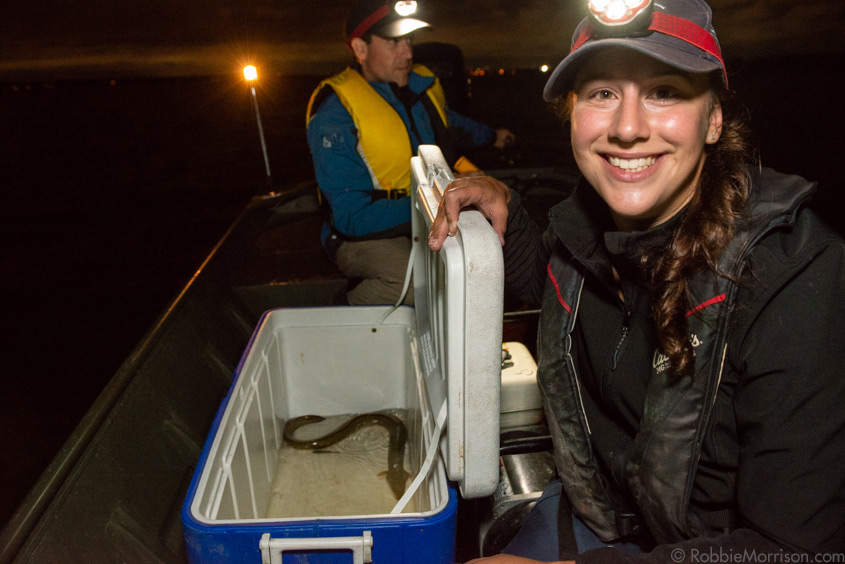
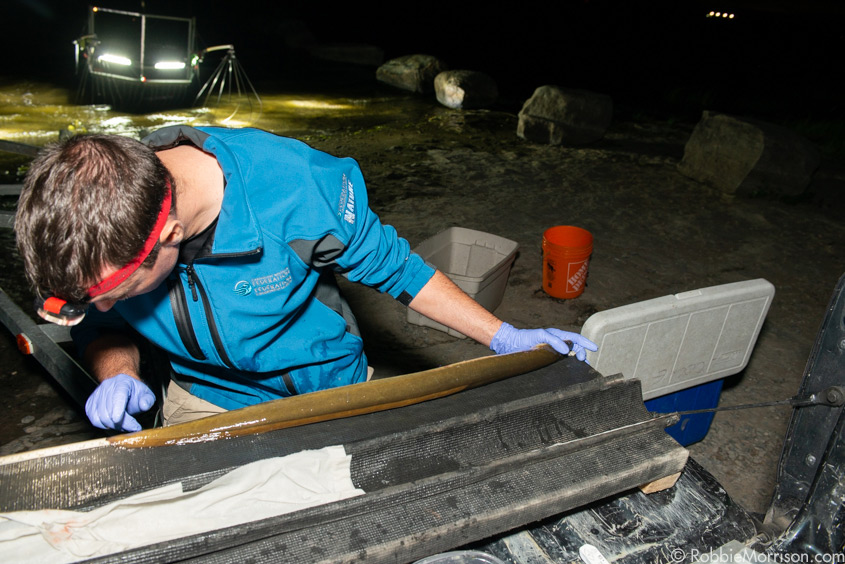
Eels face many challenges, and their populations have declined dramatically in recent years. Research like this provides more insight into the plight of the American Eel. It helps us learn how we can protect, and ideally restore the population back to their original numbers in years past!



